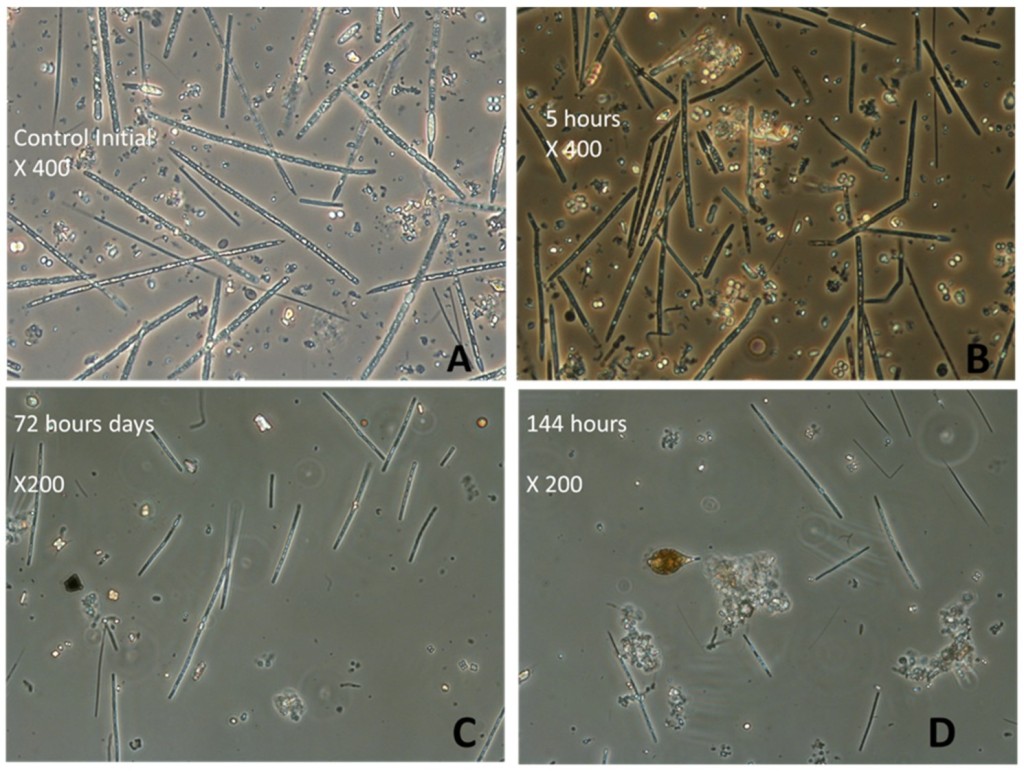
Authors
Cyanobacterial blooms have been known since ancient times; however, they are currently increasing globally. Human and ecological health risks posed by harmful cyanobacterial blooms have been recorded around the world. These risks are mainly associated with their ability to affect the ecosystem chain by different mechanisms like the production of cyanotoxins, especially microcystins. Their expansion and their harmful effects have led many researchers to seek techniques and strategies to control them. Among them, hydrogen peroxide could be a promising tool against cyanobacteria and cyanotoxins and it is well-established as an environmentally friendly oxidizing agent because of its rapid decomposition into oxygen and water. The aim of the present study was to evaluate the effect of hydrogen peroxide on phytoplankton from two hypertrophic waterbodies in Greece. The effect of hydrogen peroxide on concentration of microcystins found in the waterbodies was also studied. Treatment with 4 mg/L hydrogen peroxide was applied to water samples originated from the waterbodies and Cyanobacterial composition and biomass, phycocyanin, chlorophyll-a, and intra-cellular and total microcystin concentrations were studied. Cyanobacterial biomass and phycocyanin was reduced significantly after the application of 4 mg/L hydrogen peroxide in water treatment experiments while chlorophytes and extra-cellular microcystin concentrations were increased. Raphidiopsis (Cylindrospermopsis) raciborskii was the most affected cyanobacterial species after treatment of the water of the Karla Reservoir in comparison to Aphanizomenon favaloroi, Planktolyngbya limnetica, and Chroococcus sp. Furthermore, Microcystis aeruginosa was more resistant to the treatment of Pamvotis lake water in comparison with Microcystis wesenbergii and Microcystis panniformis. Our study showed that hydrogen peroxide differentially impacts the members of the phytoplankton community, affecting, thus, its overall efficacy. Different effects of hydrogen peroxide treatment were observed among cyanobacerial genera as well as among cyanobacterial species of the same genus. Different effects could be the result of the different resistance mechanisms of each genus or species to hydrogen peroxide. Hydrogen peroxide could be used as a treatment for the mitigation of cyanobacterial blooms in a waterbody; however, the biotic and abiotic characteristics of the waterbody should be considered.
